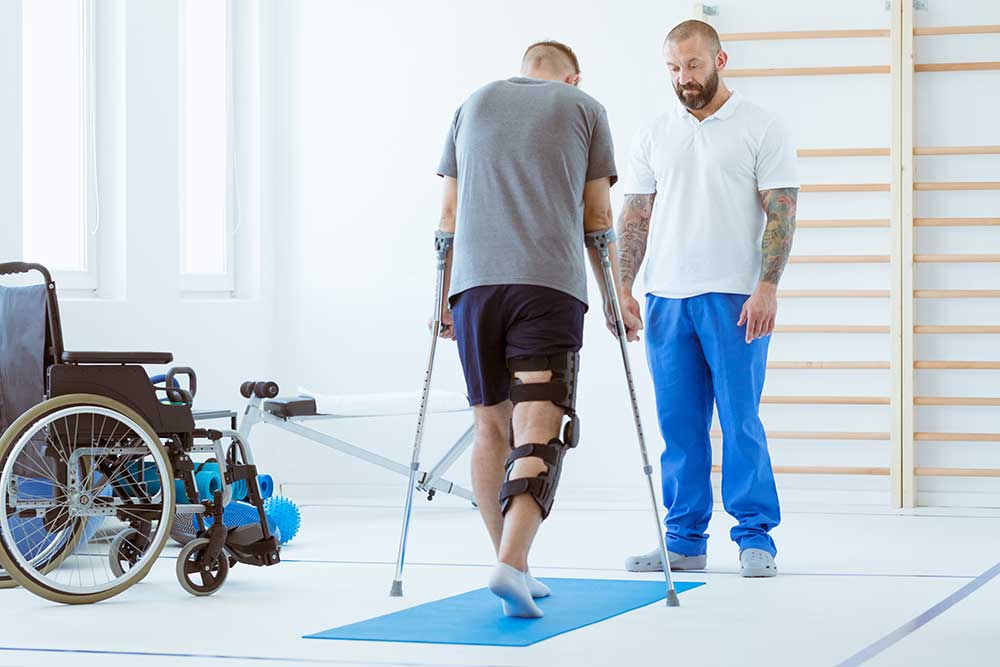My personal experience with a mild TBI and why art helps.
Over the last several years, I have worked with numerous returning combat military who have sustained a traumatic brain injury [TBI] as a result of tours of duty in Afghanistan or Iraq. In brief, TBI is caused by an external force that may produce cognitive, physical, behavioral or emotional impairments. A brain injury can be temporary or permanent and is not limited to combat situations; according to the Centers for Disease Control, approximately 1.7 million people each year in the US incur a brain injury. No doubt you have read about the many of the consequences of TBIs not only to soldiers, but also to athletes, particularly those in high contact sports such as football.

A couple of weeks ago, I became a mild TBI patient as the result of a fall [one of the most common causes of TBI] on a walk in my neighborhood. In a split second I took a misstep, falling and hitting the upper right part of my head on the concrete sidewalk. Yes, it hurt and I immediately sustained a contusion over my right eye. I did not lose consciousness and pretty much jumped back up to my feet, realizing that I had a serious injury to my head. I had the wherewithal to flag down a neighbor driving by to take me to the local immediate care center for an examination. While there was no evidence of head fracture, my next stop was at a hospital emergency room for a CT scan and evaluation of vital signs for several hours. Thankfully, there were no signs of fracture, internal bleeding or other physical or cognitive abnormalities. But by then I did look like I was in a prize-fight complete with swelling and black-and-blue bruising on a large area of my face.
The human body is an amazing thing; within a week much of the swelling and dramatic bruising receded.
I had no cognitive impairment and never had headache pain, but I did begin to experience two of many typical responses to mild TBI: severe bouts of fatigue and an over-active nervous system. Because TBI symptoms do not necessarily appear right away, I am not out of the woods yet; I am conscious of how any cognitive and physical demands affect me and I plan my days around extra sleep and other self-care practices. In fact, research underscores how extra rest in the first couple of weeks after a mild TBI significantly improves overall recovery, including cognition, physical, behavior and emotional functioning.
So how does art therapy fit into my recovery plan? First, I am glad that we know quite a bit about how art therapy helps in the treatment of TBIs because of what has been learned from returning military’s experiences with creative arts therapies. The National Intrepid Center of Excellence (NICoE), for example, has developed model integrative arts programs to assist military personnel who are challenged by mild TBIs with a focus on psychological [reducing anxiety], social [decreasing isolation], physical [increasing eye-hand coordination and dexterity], and cognitive issues [improving memory and attention span]. Because even a mild TBI can be associated with subsequent posttraumatic stress responses, the arts therapies are increasingly being applied to reduction of hypervigilience, intrusive memories and avoidance reactions and to support self-efficacy (Collie, Backos, Malchiodi, & Spiegel, 2006).
So what do I recommend when it comes to art therapy and mild TBI? In my recovery, I am finding that the self-soothing qualities of art making have helped immensely at times when my executive functioning tires easily.
This has included activities such as doodling designs and patterns with Sharpie® pens and free-form painting; neither activity is rule-oriented and the goal is to simply to enjoy the pleasurable qualities of the materials and process without judgment. I am also fortunate to currently be part of several art exchanges that involve making simple art pieces for exchange with others. This happily comes at a time when I can really benefit from interacting with others in a meaningful way and thereby decreasing isolation during my recovery. Finally, I have also rediscovered music as a form of self-regulation; I spend a part of each day singing my favorite tunes to regulate my breathing [singing gets oxygen deeply into the lungs] and listening to music that has rhythms at a resting heart rate.
One well-meaning social worker recommended that I work on “drawing a safe place” and “what happened before, during and after the fall.” I may want to explore the event and its psychological aspects eventually and that suggestion might be something to consider. But that is not where the ameliorating powers of art therapy are most effective in the early stages of treating head injury or associated trauma responses. When one’s executive function is easily taxed, a trauma-informed art therapy approach recommends that lower parts of the brain be addressed first. In fact, drawing subject matter is more of a cognitive activity that in my professional and now personal experience is more relevant after a sense of self-soothing and safety is established through other sensory-based art experiences. This also holds true for psychological trauma, including most posttraumatic stress responses.
McGuinness and Schnur (2013), art therapists who have worked with TBI patients, recommend that we help individuals understand the changes in their brains during and after a TBI event to normalize their experiences. In doing so, they explain the salient roles of art therapy in addressing various parts of the brain with clients in a user-friendly way.
For example, art therapy can help with organization, problem solving, and memory when the frontal lobes have been affected by TBI. In cases of severe TBI where the brain stem is compromised, the environment in which art therapy takes place is adjusted to reduce stimuli or improve comfort for the individual; specific adaptive tools and activities may be needed when lower parts of the brain are impacted. Finally, McGuinness and Schnur capitalize on mirroring and attunement between the therapist and individual with TBI to support recovery goals [for more comprehensive information, see McGuiness and Schnur’s 2013 chapter in Art Therapy and Health Care below].
I cannot say that I am overjoyed to have learned so many things about traumatic brain injury through first hand experience. But a whack to the head continues to teach me more about my clients with TBIs and best practices for art therapy with rehabilitation in general. Most of all, this experience reminds me that I am grateful to know something about a powerful adjunct to the arsenal of treatments that support my recovery— the integrative, reparative and brain-wise power of art.
Be well [and don’t fall!]
Cathy Malchiodi, PhD
© 2020 Cathy Malchiodi
Shared from the Psychology Today website





Customer Reviews
Thanks for submitting your comment!